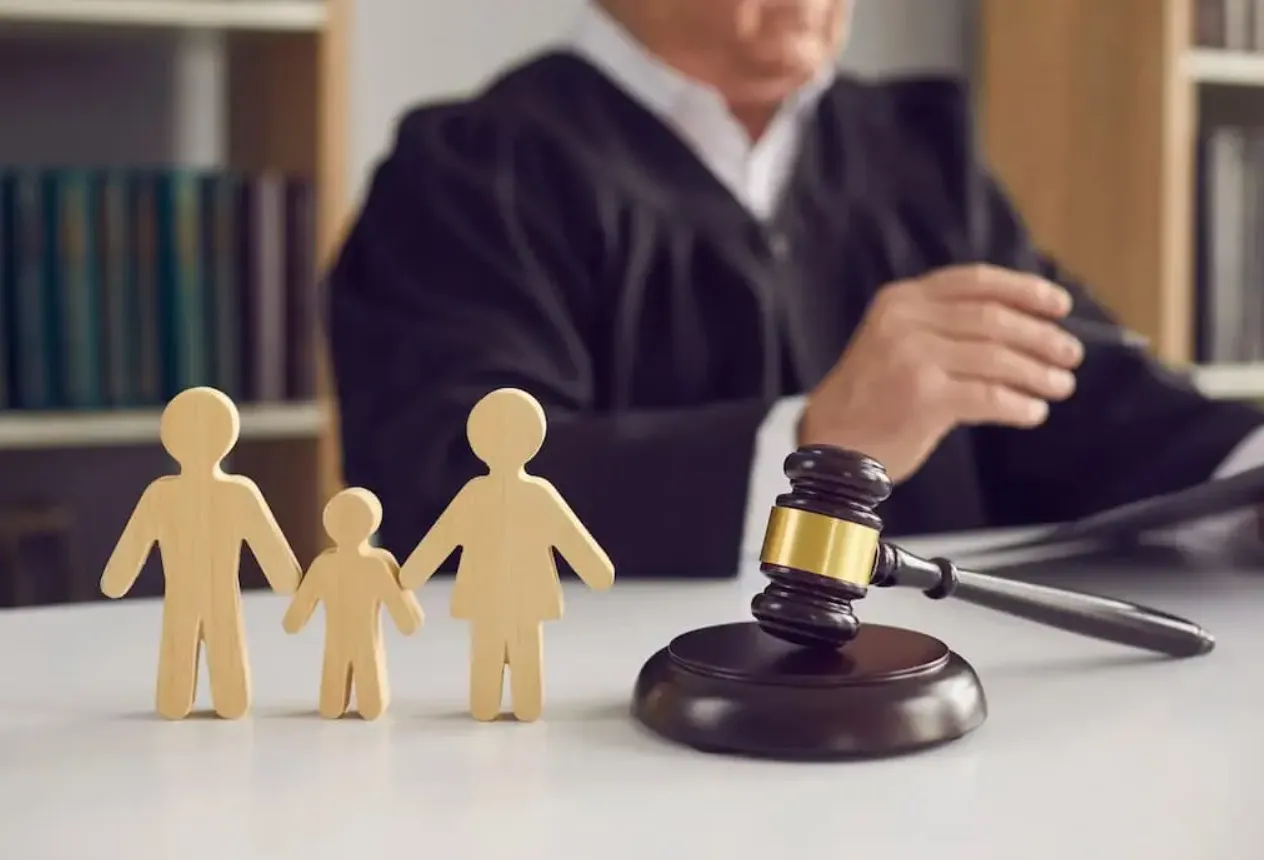In the world of digital communication, acronyms, abbreviations, and shorthand have become the norm.
The pace at which we exchange messages today encourages the use of simpler forms of communication. Among these shorthand terms is “IGH,” a commonly used acronym in text messages. But what does it really mean, and how is it used in different contexts?
This article will explore the meaning of “IGH” in text, its origin, and how it is employed in various scenarios. Additionally, we’ll discuss alternatives for expressing well-wishes, emotions, or sentiments based on the context, whether you’re communicating casually or professionally.
What Does “IGH” Mean?
“IGH” is most commonly used as a shorthand expression that conveys frustration, exhaustion, or resignation. It’s often typed as an exclamation to express an emotional reaction, typically when a person feels overwhelmed or done with a situation.
While it’s not a formal acronym with a widely agreed-upon meaning, many people interpret it as an abbreviated form of “I Guess Huh” or simply an exasperated sigh. It’s used when someone wants to convey a sense of tiredness or acceptance, often after something has been difficult, confusing, or irritating.
Common Contexts for “IGH”
- Frustration
“IGH” is frequently used to signal frustration. For instance, when someone is dealing with a challenging task or experiencing difficulty, they may type “IGH” to show their exasperation. - Resignation
It can also signal a sense of resignation, where someone may not be happy with the situation but has accepted it for what it is. In this case, “IGH” might accompany a statement like, “I guess we’re just gonna have to wait, IGH.” - Tiredness
Similarly, “IGH” is often used when someone feels drained or worn out. After a long day of work, a text might say, “I’m exhausted, IGH. Can’t wait for the weekend.” - Comedic or Dramatic Effect
“IGH” can also be used humorously or dramatically, particularly when exaggerating emotions. In these cases, it helps the sender express their mood in a playful way. For example, “Another Monday? IGH.”
Alternatives to “IGH” Based on Context and Tone
The way we communicate changes based on tone, formality, and intent. There are multiple ways to convey emotions like frustration, resignation, or tiredness, depending on the situation. Below are several alternatives for expressing similar sentiments, categorized by tone: polite, professional, casual, and humorous.
1. “I See” (Casual/Polite)
Used to acknowledge something with a mild sense of acceptance or understanding, “I see” is a polite and neutral alternative to express acknowledgment of a situation without much emotional attachment.
Example:
Person 1: “The event is postponed to next week.”
Person 2: “Ah, I see. I guess I’ll plan for then.”
2. “Got It” (Polite/Professional)
When you want to express that you understand a situation but don’t have strong feelings toward it, “Got it” is a great alternative. It’s used to acknowledge information in both professional and casual settings.
Example:
Boss: “Please complete this report by Friday.”
Employee: “Got it, I’ll make sure it’s done.”
3. “Understood” (Professional)
For more formal communication, especially in work environments, “understood” works well to convey that you comprehend the situation. It’s polite, neutral, and professional.
Example:
Manager: “We need to increase sales this quarter.”
Employee: “Understood, I’ll focus on the targets.”
4. “Okay, Then” (Casual)
For a more laid-back response, “Okay, then” is often used when you are not excited about the news but have no choice but to accept it.
Example:
Person 1: “We’ll need to reschedule the meeting.”
Person 2: “Okay, then. I’ll adjust my calendar.”
5. “Fair Enough” (Casual/Polite)
“Fair enough” can be used when you recognize someone’s reasoning, even if you don’t fully agree. It shows that you’re accepting the situation with a bit more understanding.
Example:
Person 1: “I can’t come to the party tonight; I’m too tired.”
Person 2: “Fair enough, rest up!”
6. “Sigh” (Casual)
Sometimes, you just need to express frustration or exasperation without a long response. A simple “sigh” can do the trick, especially in casual conversations.
Example:
Person 1: “I lost my keys again!”
Person 2: sigh “Not again, huh?”
7. “That’s Life” (Casual/Philosophical)
When something happens that you can’t control or that is disappointing, saying “That’s life” acknowledges the situation while accepting that it’s out of your hands.
Example:
Person 1: “I didn’t get the job I applied for.”
Person 2: “That’s life. Another opportunity will come.”
8. “It Is What It Is” (Casual/Polite)
When trying to come to terms with something you can’t change, “It is what it is” expresses resignation and acceptance.
Example:
Person 1: “They canceled the event.”
Person 2: “It is what it is. We’ll make other plans.”
9. “I Guess” (Casual)
For situations where you’re reluctantly accepting something but don’t necessarily agree or feel great about it, “I guess” conveys mild acceptance.
Example:
Person 1: “We need to leave now.”
Person 2: “I guess it’s time to go, IGH.”
10. “Oh Well” (Casual/Resigned)
“Oh well” is a simple phrase used to express mild disappointment or resignation, often used in situations where the outcome is not as expected but is beyond your control.
Example:
Person 1: “The movie started without us.”
Person 2: “Oh well, we can catch the next one.”
11. “Oh, That’s Great!” (Casual/Ironic)
Sometimes, a sarcastic or ironic tone is used to express frustration in a light-hearted way. The phrase “Oh, that’s great!” is commonly used in such situations.
Example:
Person 1: “The flight got delayed by three hours.”
Person 2: “Oh, that’s great! Just what I needed.”
How to Choose the Right Expression for the Situation
When deciding which expression to use, consider the following factors:
1. Formality
- Professional Settings: Choose more neutral or formal alternatives like “Understood,” “Got it,” or “Fair enough.”
- Casual Settings: You can use more relaxed phrases like “Okay, then,” “I guess,” or “Oh well.”
2. Tone
- If you’re frustrated but trying to remain neutral, phrases like “I see” or “Got it” work best.
- If you’re feeling sarcastic or resigned, “It is what it is” or “Oh well” might fit better.
3. Relationship with the Person
- The closer you are to someone, the more informal you can be. For example, with friends or family, you can say “sigh,” “Oh well,” or even “IGH.”
- For colleagues, “Understood” or “Fair enough” is more appropriate.
Conclusion
In today’s fast-paced digital world, shorthand expressions like “IGH” have become common ways of conveying emotions in text messages. While “IGH” primarily represents frustration or resignation, there are various alternatives that you can use depending on the situation. From professional settings to casual exchanges, understanding the nuances of different expressions can help you communicate more effectively.
Whether you’re texting a friend or drafting a professional email, knowing which phrase to use in the right context is key to maintaining clarity, professionalism, and the right tone.




